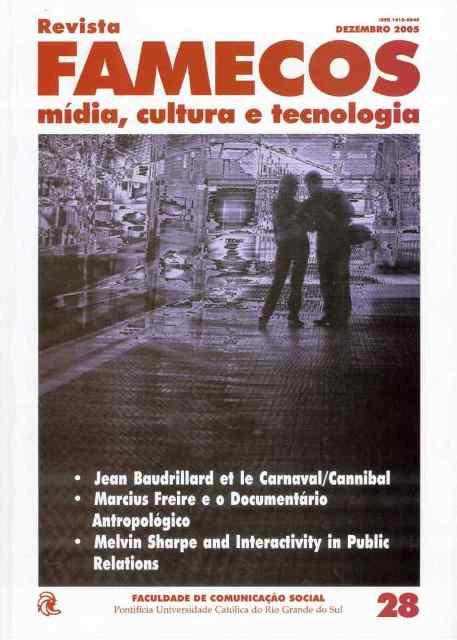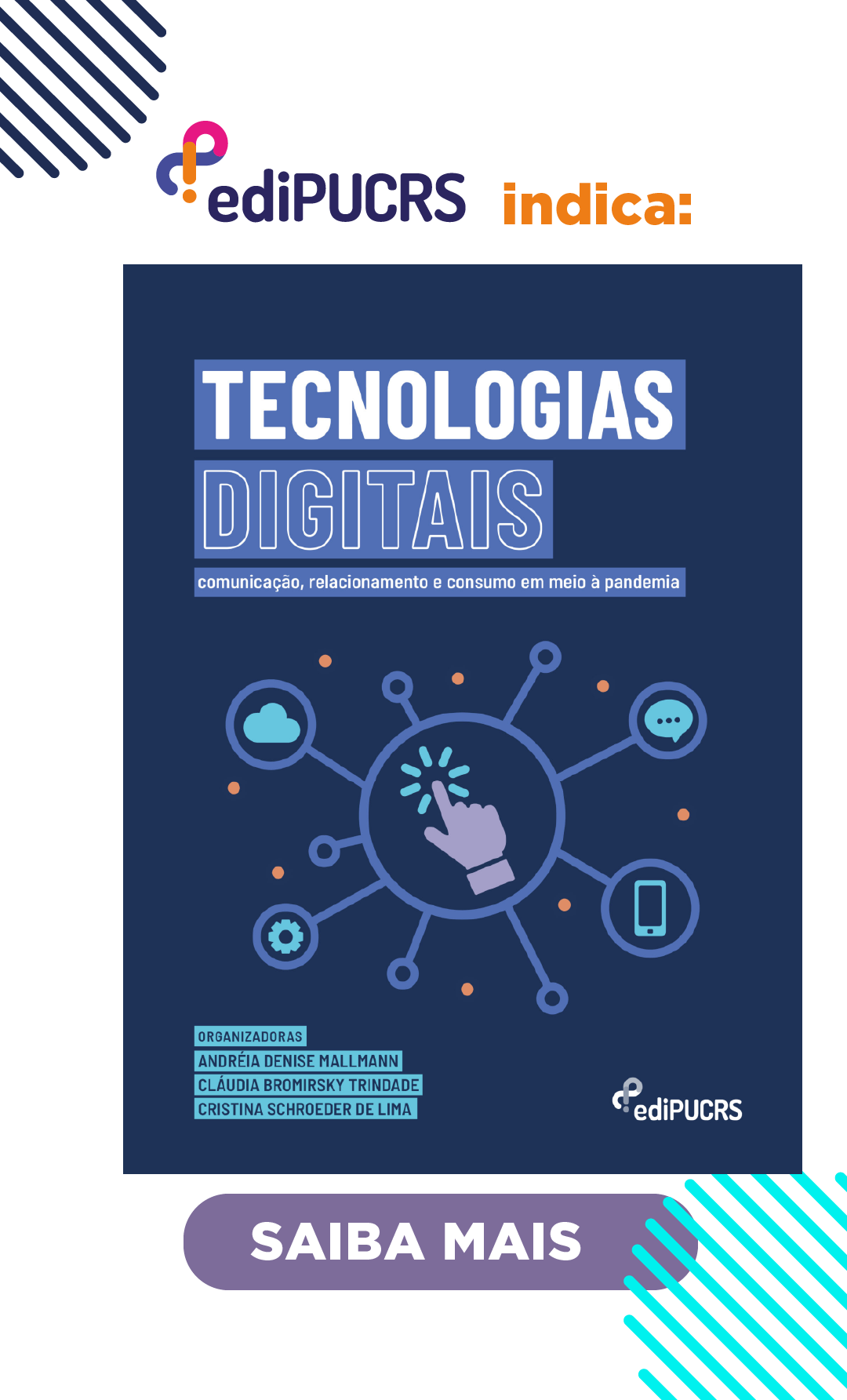"We see ourselves here": the reality of TV from a receptive perspective
DOI:
https://doi.org/10.15448/1980-3729.2005.28.3335Keywords:
television, reception, realismAbstract
In order to examine contemporary perception of television demand for overcoming traditional fiction/reality dichotomy, this article focuses on Umberto Eco’s, H.U. Gumbrecht’s, and W. Iser’s possible contributions for the theme, as well as on some concepts as mimesis and performance.
Downloads
References
ECO, Umberto. A obra aberta. São Paulo: Perspectiva, 2003.
______. Viagem na irrealidade cotidiana. Rio de Janeiro: Nova Fronteira, 1984.
GUMBRECHT, H. U. Modernização dos sentidos. São Paulo: 34 Letras, 1998.
______. Corpo e forma. Rio de Janeiro: Uerj, 1998.
GUMBRECHT, H. U.; ROCHA, João C. (Org.). Máscaras da mímesis. Rio de Janeiro: Record, 1999.
ISER, Wolfgang. Feigning in Fiction. In: VALDES & MILLER (Eds.). Identity of the literary text. Toronto: University of Toronto Press, 1985. p. 204-230.
______. The implied reader - patterns of communication in prose fiction from Bunyan to Beckett. London: The Johns Hopkins University Press, 1974.
______. The act of reading - a theory os aesthetic response. London: Routledge & Kegan, 1978.
______. Prospecting: From reader response to literary anthropology. London: The Johns Hopkins University Press, 1989.
______. The fictive and the imaginary: charting literary anthropology. London: The Johns Hopkins University Press, 1993.
LIMA, Luiz Costa. Vida e mímesis. Rio de Janeiro: Ed. 34, 1995.
______. (Ed.). Teoria da Literatura em suas fontes. Rio de Janeiro: Francisco Alves, 1983.
______. (Org.). Literatura e leitor. 2. ed. Rio de Janeiro: Paz e Terra, 2000.
Downloads
Published
How to Cite
Issue
Section
License
Copyright
The submission of originals to Revista Famecos implies the transfer by the authors of the right for publication. Authors retain copyright and grant the journal right of first publication. If the authors wish to include the same data into another publication, they must cite Revista Famecos as the site of original publication.
Creative Commons License
Except where otherwise specified, material published in this journal is licensed under a Creative Commons Attribution 4.0 International license, which allows unrestricted use, distribution and reproduction in any medium, provided the original publication is correctly cited.






